
Contents
What is Agile Working?
Agile working is a transformative approach that not only reshapes the physical workspace but also revolutionises how work is conducted. Moving away from the rigid, cubicle‐based layouts of the past, agile working empowers employees to choose where, when, and how they perform at their best. This modern approach has evolved alongside historical shifts in office design—from the early days of Taylorism and the rise of cubicle farms to today’s fluid, multifunctional environments.
Today’s agile working model draws on decades of office evolution. Influenced by collaborative principles such as Burolandschaft and the flexibility demanded by technology‐enabled workspaces, agile working supports a mobile, dynamic workforce. It embraces innovative elements such as open‐plan areas, breakout zones, and seamless technology integration—transforming traditional offices into spaces that echo the casual yet productive atmosphere of contemporary “third places” like cafes and co‐working hubs.
Ultimately, agile working is a mindset and a strategic framework that positions organisations to respond rapidly to changing business landscapes. By fostering environments that adapt fluidly to diverse work styles and integrating modern design trends with cutting‐edge technology, agile working enhances productivity, supports employee wellbeing, and builds a resilient, future‐ready enterprise.
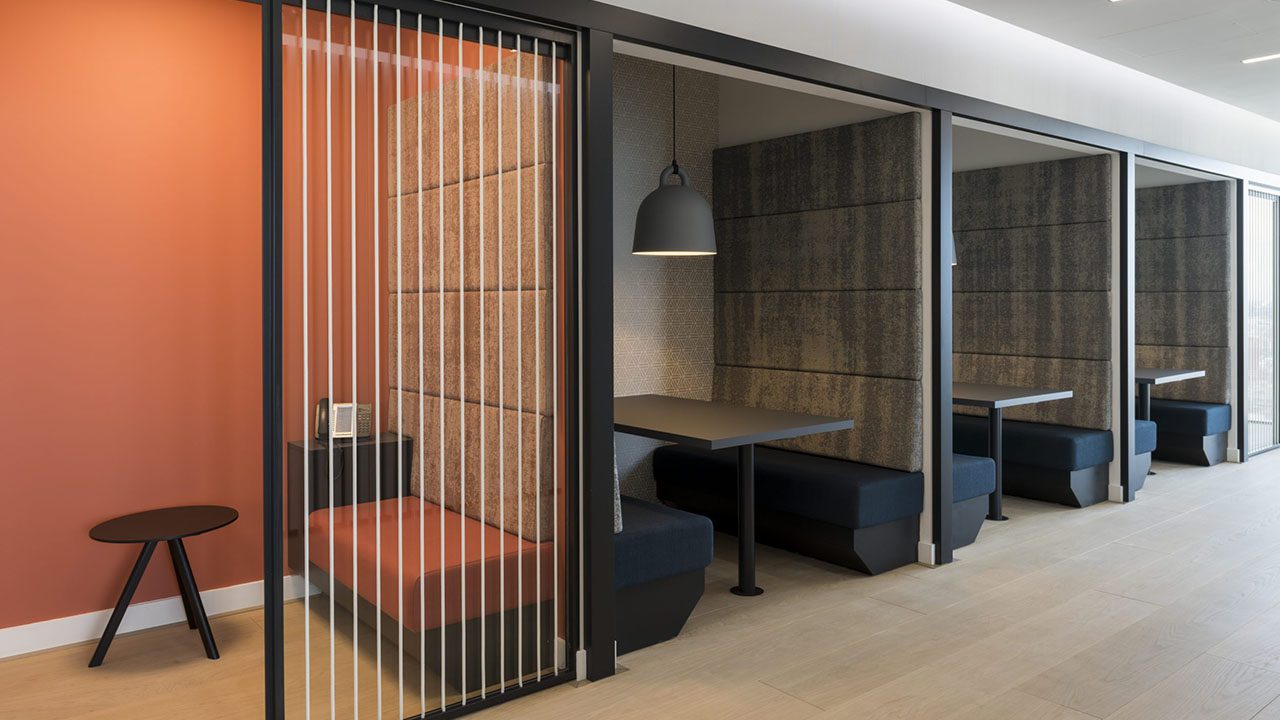
How is Agile Different from Hybrid Working?
While both agile and hybrid working focus on flexibility, they address different aspects of the modern work environment. Agile working is primarily about creating and designing dynamic, reconfigurable office spaces that enable employees to choose the best setting for their tasks—whether that’s a collaborative open area, a quiet zone, or an informal breakout space. In contrast, hybrid working refers to the balance between working remotely and working in the office. It is a model that supports the mobility of the workforce, allowing employees to split their time between home, the office, and other locations.
In essence, agile working transforms the physical workspace to meet varied work needs, while hybrid working is a broader employment model that redefines where and how work gets done. Both approaches complement each other, with agile workspace design often serving as the foundation for a successful hybrid work strategy.

What is Agile Workplace Design?
Agile workplace design translates the principles of agile working into the physical realm. It reimagines traditional, static spaces into dynamic, versatile environments that cater to a spectrum of work activities. By replacing assigned, fixed desks with flexible zones that encourage collaboration, deep focus, and informal interactions, this design approach supports the varied needs of a modern workforce.
Key elements of agile workplace design include open‐plan areas that promote teamwork, quiet zones for concentration, and breakout spaces that spark creativity. Flexible furniture—such as height‐adjustable desks, modular seating, and movable partitions—allows spaces to be reconfigured quickly, ensuring the office can evolve with operational demands. Moreover, the seamless integration of digital tools and smart technologies keeps both in‐office and remote employees connected, mirroring the fluidity of today’s work habits.
By aligning physical design with agile working principles, modern offices become strategic assets. This holistic approach not only optimises space utilisation and reduces overheads but also cultivates a workplace that is engaging, adaptive, and in tune with the evolving needs of employees.
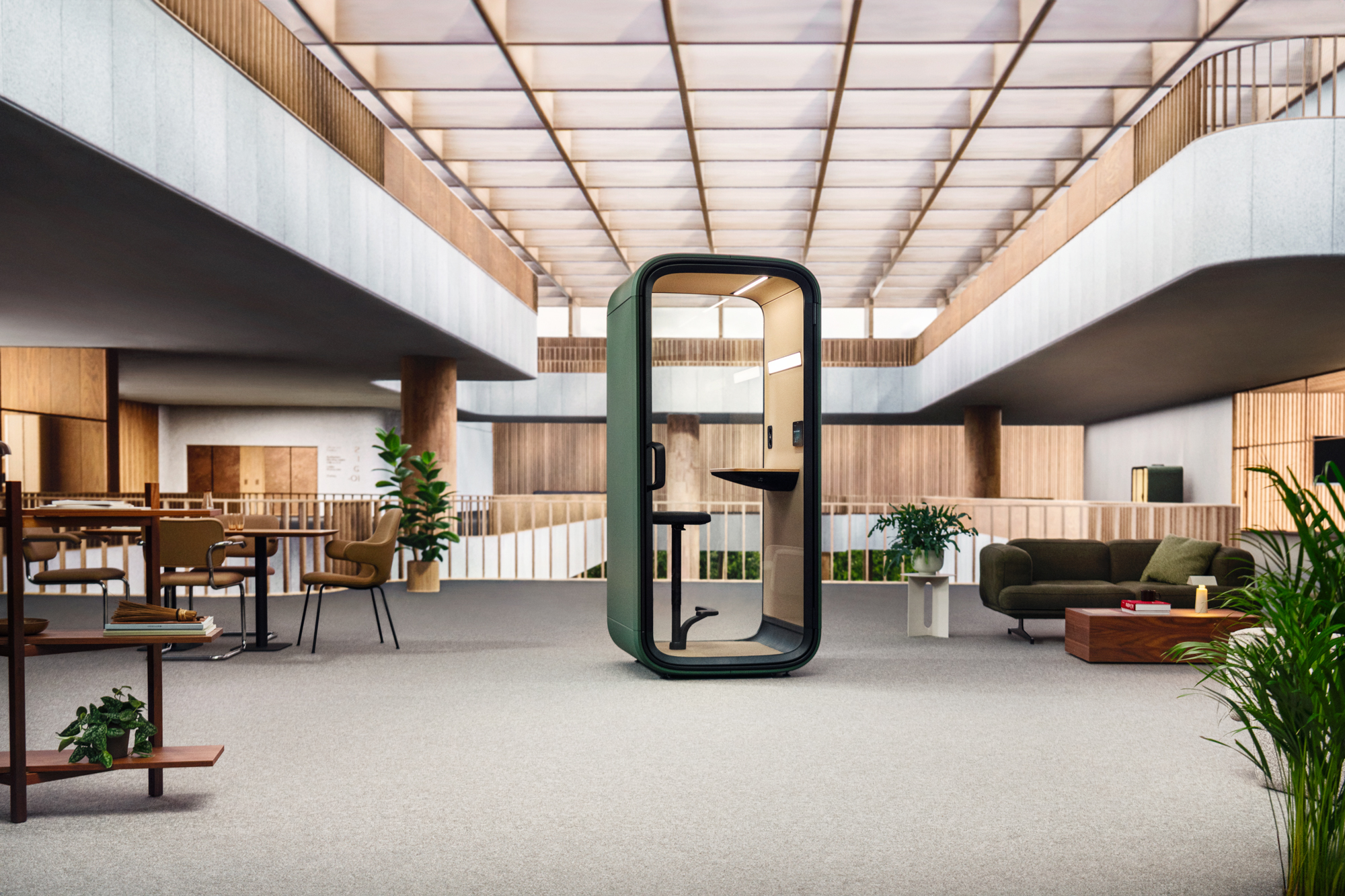
The Evolution and Principles of Agile Workspace Design
A Shift from Traditional Layouts
Agile workspace design is a profound departure from the era of static, cubicle‐based offices. Gone are the days when fixed workstations defined the corporate landscape. Today’s agile workspaces focus on flexibility and are purpose‐built to support an array of tasks and work styles—from individual concentration to collaborative brainstorming sessions.
Unlike conventional environments, agile offices evolve in tandem with an organisation’s shifting needs. They are designed to fluidly adapt to both short‐term projects and long‐term strategic changes, a feature increasingly critical as businesses expand their remote and hybrid work capabilities.
Designing for Flexibility and Responsiveness
Central to agile workspace design is the principle of adaptability—crafting spaces that can quickly respond to operational demands. Open‐plan areas, movable partitions, and shared workstations replace isolated, enclosed offices, supporting a seamless transition between different work modes. This design philosophy prioritises outcomes and collaboration over rigid routines, ensuring that every square metre works towards enhancing both employee satisfaction and organisational performance.
By fostering an environment where employees can choose where and how they work best, companies not only improve morale but also encourage innovation and creative problem‐solving.
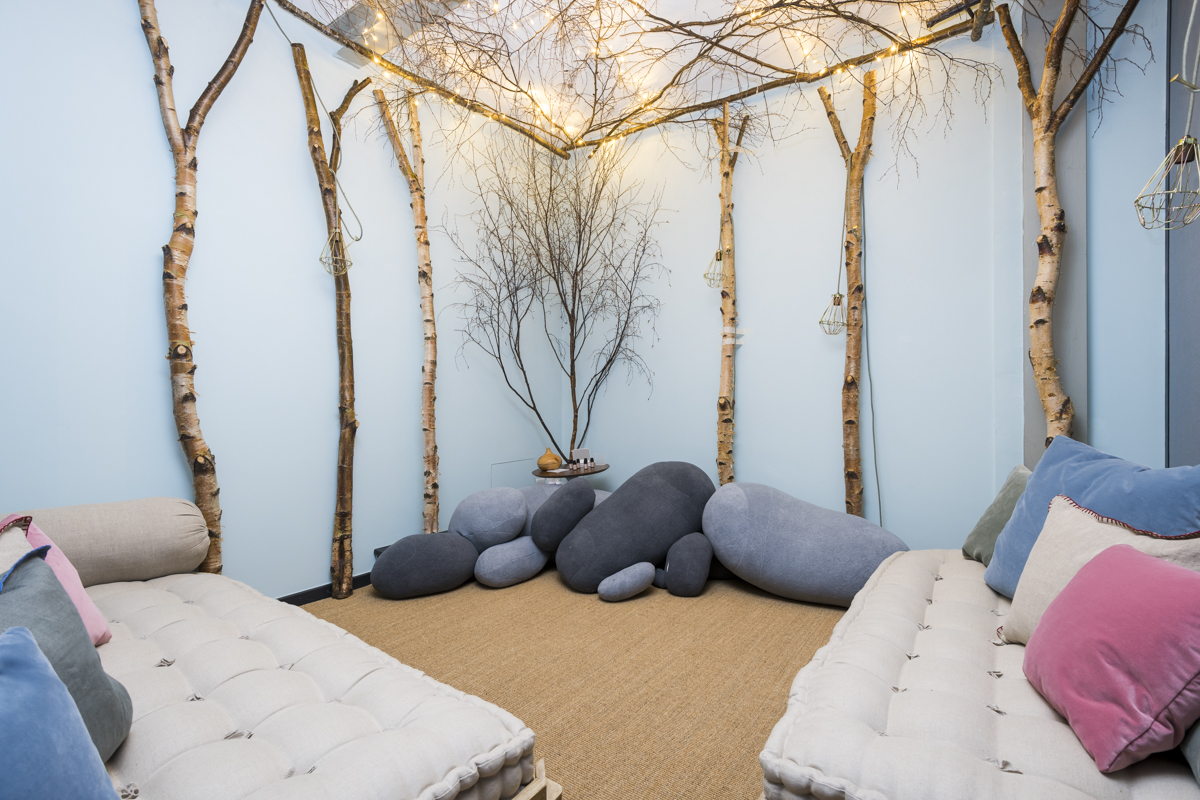
Key Components of Agile Workspace Design
Flexible Furniture and Ergonomics
At the heart of agile workspaces lies the use of flexible furniture designed to support diverse work activities. Height‐adjustable desks (sit‑stand desks), modular seating, and mobile workstations allow employees to transition effortlessly between focused individual tasks and group collaborations. These ergonomically designed solutions not only enhance comfort but also promote long‐term health and productivity, ensuring that every team member can work efficiently throughout the day.
Diverse Work Zones for Varied Activities
Agile office design recognises that a one‑size‑fits‑all environment does not serve modern work demands. By creating multiple, clearly defined zones, organisations can support different activities. Collaboration zones are crafted to stimulate creative exchange and teamwork, while quiet areas offer a haven for deep concentration. In addition, flexible meeting rooms, breakout areas, and informal lounges foster spontaneous interaction and a sense of community—essential components for sparking innovation.
Seamless Technology Integration
Modern agile workspaces are underpinned by robust technology systems. Digital tools—from advanced video conferencing systems to wireless charging stations and cloud‐based collaboration platforms—create a unified work ecosystem. Smart meeting rooms with automated booking and high‐quality audiovisual capabilities streamline the way teams interact, bridging the gap between physical presence and virtual connectivity. This integration is essential for ensuring that remote and in‐office employees remain equally engaged and productive.

Benefits and Impact of Agile Working
Enhancing Employee Wellbeing
Agile work environments provide the versatility needed to support employee wellbeing holistically. By offering spaces tailored to individual work styles—ranging from quiet zones for focused work to areas dedicated to relaxation or physical activity—organisations demonstrate a commitment to work–life balance and overall employee health. These thoughtful provisions contribute not only to personal wellbeing but also to higher levels of engagement and job satisfaction.
Boosting Productivity and Operational Efficiency
Agile workspaces lead to quantifiable gains in productivity by aligning physical environments with the specific demands of various tasks. Flexible seating arrangements such as hot desking and touchdown spaces maximise space efficiency, enabling companies to reduce overhead costs while enhancing collaboration. This dynamic approach to workspace planning results in more agile workflows and increased responsiveness, supporting a modern, fast‐paced business culture.
Optimising Costs and Space Utilisation
One of the most compelling benefits of agile workspace design is its capacity to optimise both cost and space. By eliminating the need for fixed, individual offices, organisations can reduce their real estate footprint without sacrificing functionality. Agile approaches such as shared workspaces and hot desking ensure that every area is used to its maximum potential, enabling businesses to reallocate resources towards strategic growth initiatives.
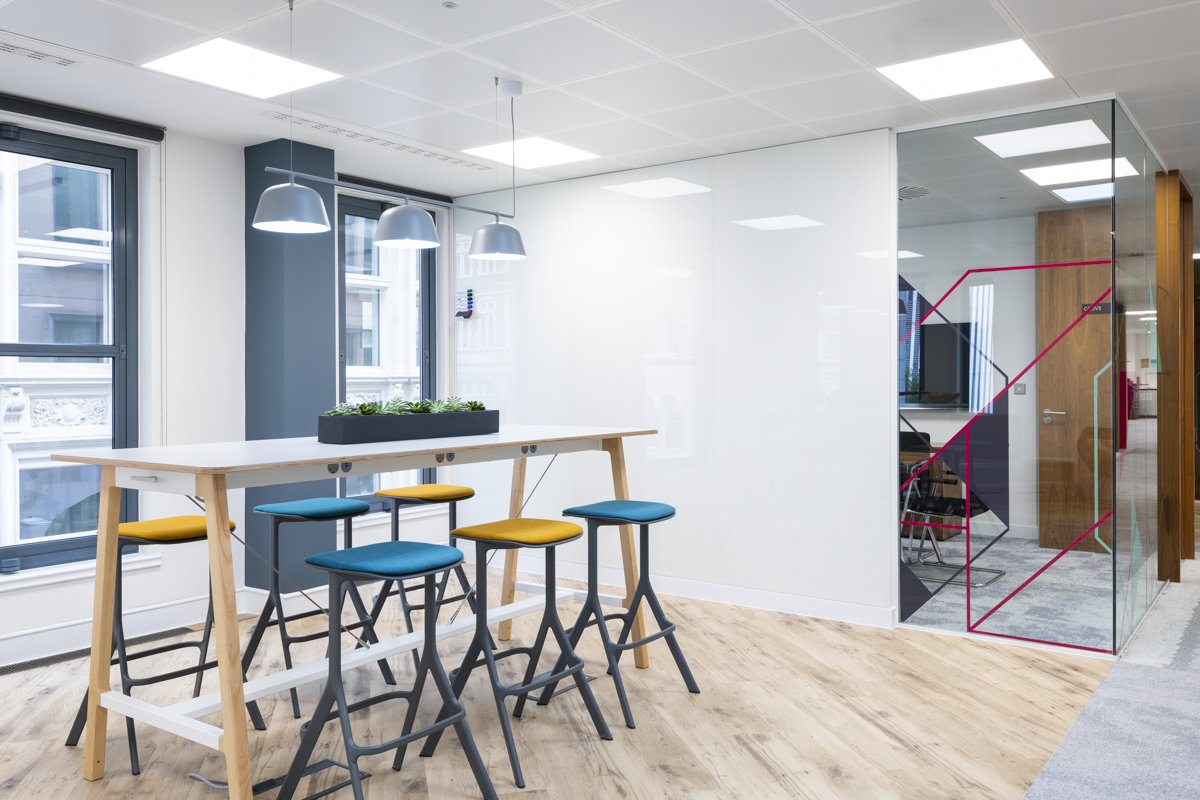
Future Trends in Agile Office Design
Evolving Work Patterns and Demographics
As we look to the future, the trend towards agile working is set to accelerate. With the rise of hybrid work and the increasing importance of employee choice, offices will be designed to accommodate fluctuating occupancy levels and varied work styles. This evolution is further driven by generational shifts; younger workers are redefining what an engaging and effective workspace should look like, favouring environments that support both productivity and social connection.
Advancements in Ergonomics and Digital Integration
Future offices will place an even greater emphasis on ergonomic design and digital integration. Expect to see enhanced adjustable workstations, improved ambient technologies, and smart building systems that continuously optimise workspace usage based on real‑time data. The integration of augmented reality and advanced collaboration tools will further blur the lines between physical and virtual workspaces, enabling employees to interact in more immersive and productive ways.
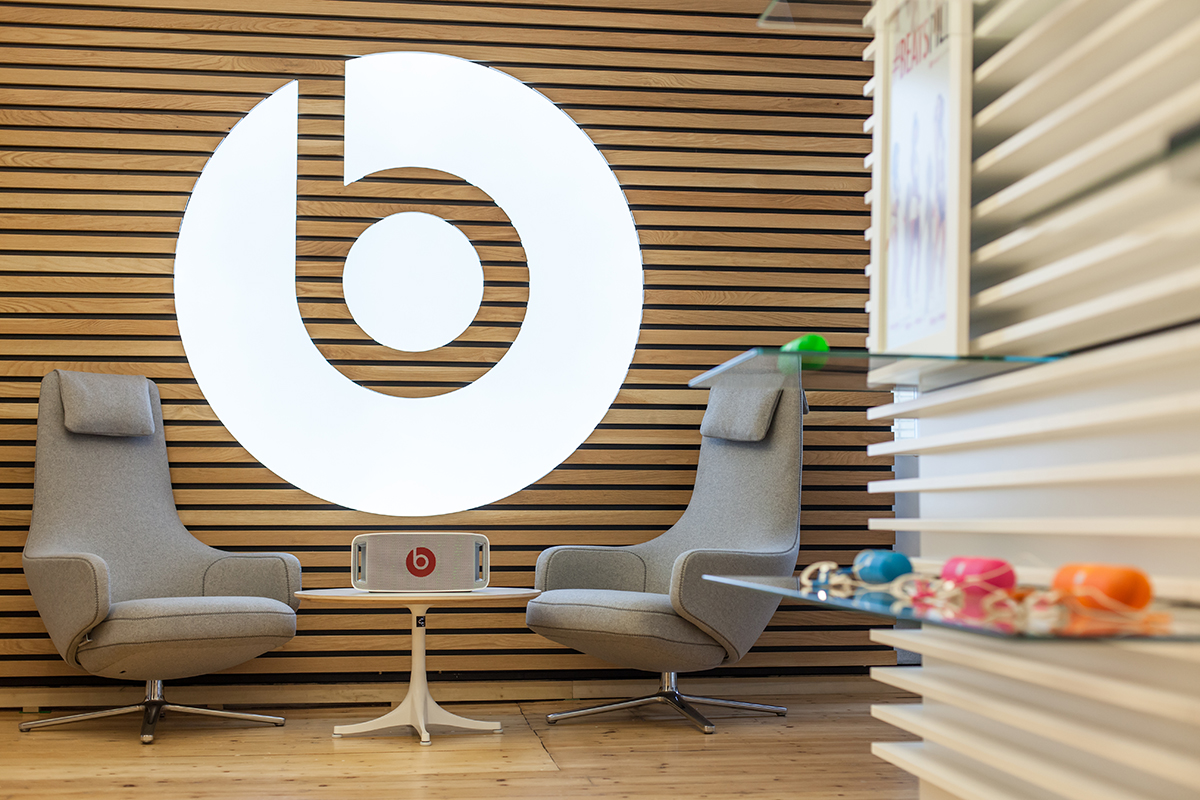
Embracing Agile Working for Organisational Success
Agile workspace design is a transformative strategy that reimagines office environments as dynamic, adaptive spaces. By shifting the focus from rigid structures to employee‑centric design, organisations not only enhance productivity and operational efficiency but also cultivate a work culture that values flexibility and innovation.
Successful agile transformations begin with a thorough understanding of an organisation’s unique needs and employee preferences. By combining tailored strategies with continuous feedback and iterative improvements, companies can create resilient workspaces that evolve with both market trends and internal demands.
Ultimately, embracing agile working is an investment in the future. It positions organisations to respond rapidly to changing business landscapes and emerging work trends, ensuring that their physical environments act as strategic assets that support overall success. For further insights on navigating the future of work, explore the future of work.